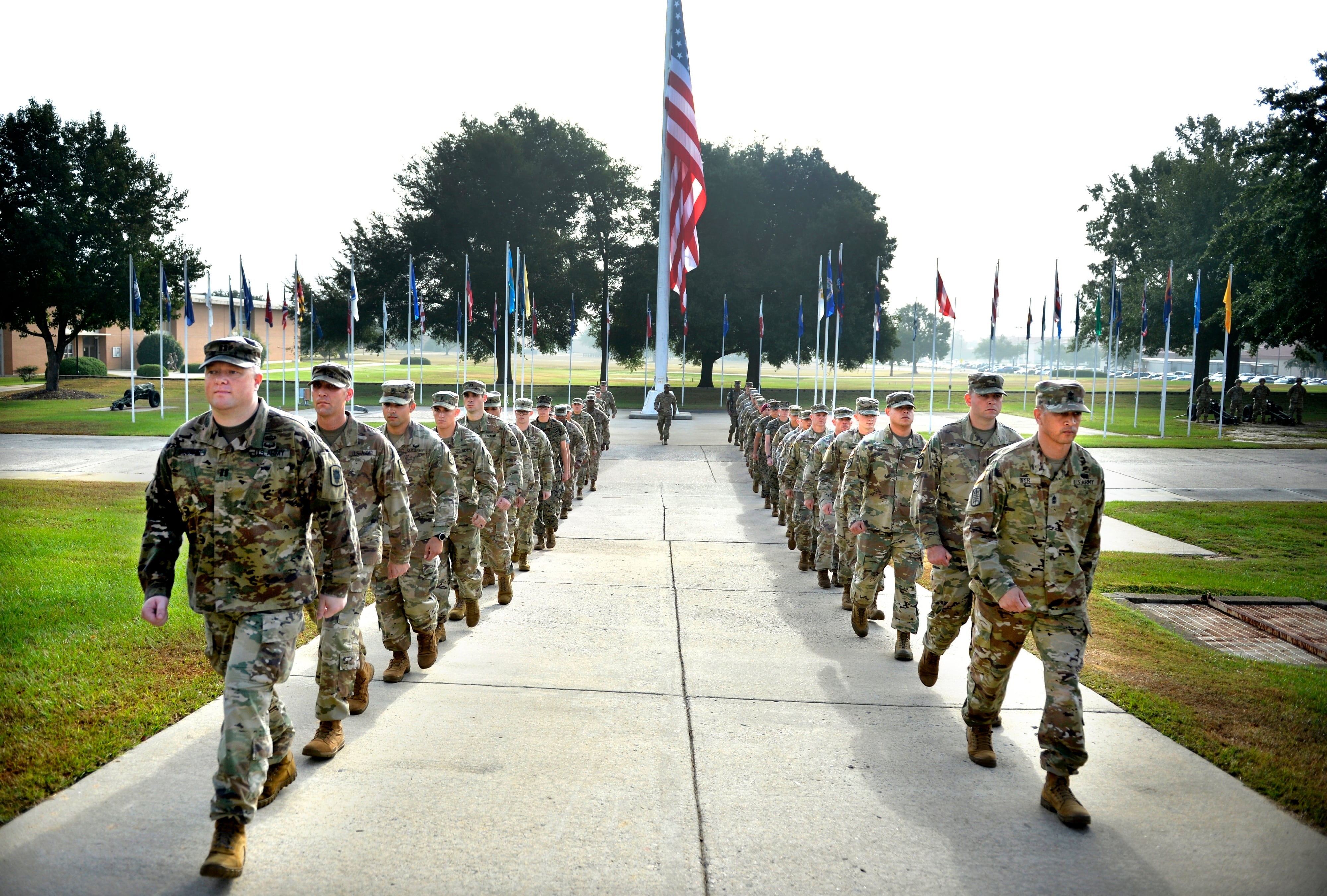The Army is undermanned, according to its top general, and that needs to change if the U.S. is going to be able to keep its commitment to preventing World War III.
Army Chief of Staff Gen. Mark Milley brought the rifle of a killed-in-action World War II soldier on stage Thursday at an Association of the United States Army event outside Washington, D.C., to illustrate what could happen again if the Army can't maintain enough readiness to meet a threat like a world war.
"One hundred million people were killed in World War I and II," he said. "We can never, ever have that kind of catastrophic failure of the international order, of the international system."
But 70 years after the end of World War II, Milley said, the balance that has kept that kind of conflict at bay is threatened.
"That post-war order is under challenge today, and it's our obligation as an Army to maintain our readiness, to maintain our capabilities, in order to ensure that that order prevails and we can pass it on to our children and our grandchildren," he said.
For the Army, manning is the biggest obstacle to readiness, with some units trying to function at or below 80 percent of its required personnel. The Army's target is at least 90 percent to 95 percent.
"We are not at the level of readiness that we need to be to fully execute the national strategic plans to the level that I would be comfortable with as a chief," Milley said.
But there might be good news for the Army. The 2017 National Defense Authorization Act requires the Army to get to 476,000 soldiers in the active force by Oct. 1, a 16,000-man bump from the previous end strength plan.
There are studies in the works to figure out how to get to that number, through a mix of reenlistment and recruiting, but the key to making the plus-up worth the Army's while is a budget that can train and equip all of those extra soldiers.
"If we just get additional people, or additional end strength, but we don't get the money, that just leads you down the path to a hollow force," Milley said.
The first priority, he said, would be to fill out existing organizations -- mostly operational, tactical units, but also some institutional organizations -- before considering new battalions or brigades.
Adding soldiers is a step in the right direction, Milley said, but it will take time and it won't fix everything.
"Readiness is not something that is going to be produced overnight," he said. "It's something that requires steady predictable funding over time and steady effort from the force."
Meghann Myers is the Pentagon bureau chief at Military Times. She covers operations, policy, personnel, leadership and other issues affecting service members.





